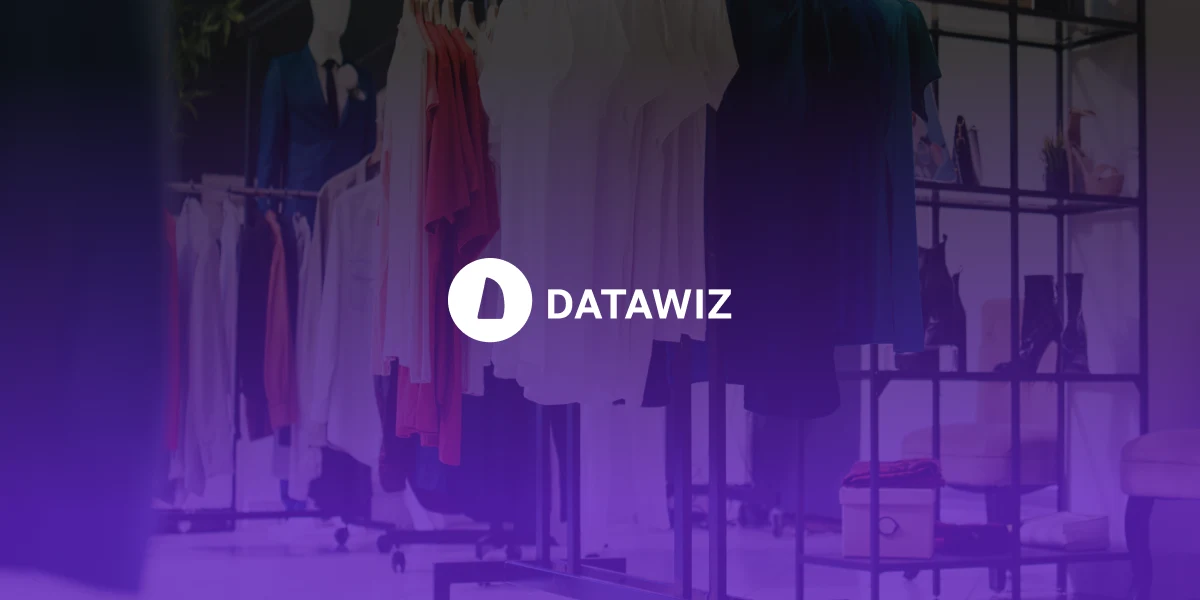How can you evaluate the effectiveness of cooperation with suppliers?
The success and profitability of a chain depend on many factors. One of the most important among them is well-established procurement logistics. After all, untimely receipt of goods or their inadequate quality or quantity can have significant negative consequences for retail. The chain will not only suffer a considerable loss, but will also acquire a bad reputation among buyers.
What is important to consider when you are choosing suppliers?
Suppliers are an important group of partners for any retail. Interaction with them directly affects the sales metrics and competitiveness of the chain. Therefore, when choosing suppliers, it is necessary to ensure:
- formation of a demanded assortment;
- optimal prices for the purchase of goods;
- observance of terms and volume of deliveries;
- high quality of goods.
Retailers should analyze suppliers according to these procurement criteria and directions and, if necessary, adjust relationships with them.
! It is important to remember that you should evaluate the level of reliability not only among potential suppliers, but also check existing ones.
Suppliers analysis step by step!
Suppliers analysis is a very useful tool for determination of conditions and then creating commercial relations with them. The right supplier, in the end, becomes not just a partner, but also an ally of the trading chain. But to achieve this, retailers should assess them regularly, and conduct the so-called "audit of the relationship."

Let's look at a few steps that retailers should follow to understand whether they are dealing with reliable partners, or should stop working with them.
Step 1: Rating of chain suppliers
First, it is necessary to establish who is the most significant supplier for the chain and cooperation with whom is strategically important.
Metrics of the share of suppliers in turnover, profit, and stocks can serve as numerical indicators. They will show which of the suppliers brings the chain the most income and profit, and whose goods are the most on the trading floor.
So you can highlight the most influential and significant partners. In the future, this will help the retailer to build the necessary connections or make any adjustments to cooperation with individual suppliers.
Step 2: Analysis of the "popularity" of the assortment
The main metric of a demanded product is its turnover. That is, the faster the product item rotates, the more in demand it is among buyers.
In this step, retailers should analyze the following metrics in the context of individual goods for each supplier:
- Turnover;
- Average inventory;
- Turnover rates and duration of one turn;
- The amount of released (involved) funds as a result of increasing (decreasing) of turnover rate.
Such metrics should be analyzed in dynamics, revealing their growth or reduction. Thus, the retailer can understand how important the supplier's goods are for the chain and the level of their demand.
! The criteria of the product "popularity" is the value of its average receipt. Therefore, the retailer can separately analyze this metric and determine how much average revenue the product generates for the chain and whether it is profitable.
Step 3: Supplier Pricing Research
An important characteristic of a reliable supplier is the optimal pricing policy for the offered product assortment. As numerical indicators, retailers can analyze:
- Purchase price;
- Absolute and percentage changes in the purchase price;
- The difference between retail and purchase prices;
- Additional costs that the supplier includes on the bill.
At this stage, attention should be paid to the competitiveness of the price in the market and its changes. This will allow retailers to compare the supplier's prices with those on the market and determine whether they are competitive and beneficial for the chain.
In addition, by comparing the purchase prices for two periods, it is possible to identify the trend of their change (growth/decrease) and determine whether they are acceptable for the chain.
Step 4: Security of supplying
The reliability of the supplier is revealed in the fulfillment of the contract conditions on the cost and quantity of the delivered goods. An indicator that allows a retailer to evaluate this parameter for a supplier is the security of supply.
Security of supplying is the percentage ratio between the value (quantity) of goods received and the value (quantity) of ordered goods.
The ideal value of this metric is 100% value. Any deviations in one direction or another are not desirable for the chain:
- more than 100% - excessive receiving of goods, that can lead to additional storage costs, the occurrence of excess stocks, and the "freezing" of funds in circulation;
- less than 100% - insufficient and untimely receiving of goods, which can lead to loss of turnover and profit.
An analysis of this metric will identify unreliable suppliers with whom cooperation should be terminated in order to avoid additional losses.
Step 5: Analysis of the quality of the supplied goods
Quality is an important characteristic of goods, but it is difficult to estimate it. An indicator of low-quality goods is the number of returns of purchased goods. Therefore, for this area of analysis, it is useful to count the following metrics:
- Quantity and cost of written-off goods;
- % of write-offs in the total value of goods;
- Cost and number of returns by buyers;
- % of customer returns in total turnover;
- Cost and number of returns to suppliers;
- % of returns to suppliers in the total value of goods.
If the supplier has these metrics with high value and increases in dynamics, this is a signal that cooperation with them can damage the reputation of the chain and lead to the loss of regular customers.
The considered stages are not exhaustive, but with their help, it is possible to form a real picture of cooperation with suppliers, identify "weak" points and optimize them.
To perform such an analysis, we recommend using a specially developed "Supplier Analysis" report based on the BI.Datawiz platform for retail.
 Novedades
Novedades





 ¡No se necesita tarjeta bancaria!
¡No se necesita tarjeta bancaria!